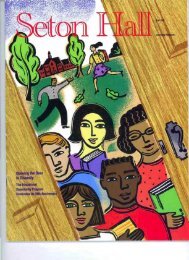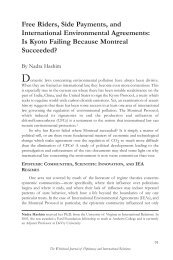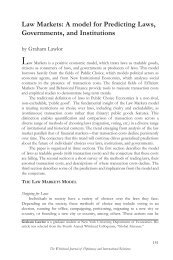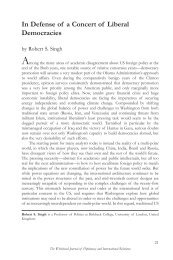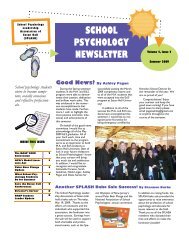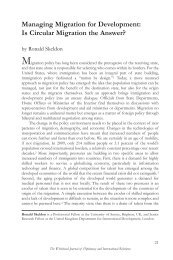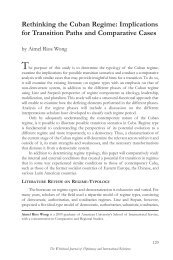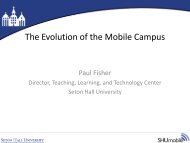Case-Based Reasoning Meets Learning by Doing
Case-Based Reasoning Meets Learning by Doing
Case-Based Reasoning Meets Learning by Doing
You also want an ePaper? Increase the reach of your titles
YUMPU automatically turns print PDFs into web optimized ePapers that Google loves.
Goal-<strong>Based</strong> Scenarios:<br />
This maxim is, of course, quite critical. <strong>Learning</strong> is about behavior change after all. Thus, what we need<br />
to do is remember that when a case is told (after a doing experience, for example) we want the listener to<br />
have to act upon the lesson of the new case immediately. That is, if the case being told is how someone<br />
died in a robbery attempt because they threatened the robber, then we want the next experience to cause<br />
the learner to have to make a decision about how to deal with the robber. Or, to put this back to cherry<br />
trees, if there isn't a situation presented where the learner needs to choose between lying and telling the<br />
truth the lesson will be lost.<br />
It follows from this that cases must be followed <strong>by</strong> actions of some sort. If the actions are purely<br />
cognitive, and all a listener needs to do is say what he would do, we run the risk of having students parrot<br />
right answers independent of real visceral decision making. Students can learn to say the right answers<br />
but can they learn to do them? This can only be found <strong>by</strong> alternating cases with actions in some way.<br />
Conclusion<br />
<strong>Learning</strong> <strong>by</strong> doing works because it teaches implicitly rather than explicitly. Things that are learned<br />
implicitly need only be experienced in the proper way at the proper time. In order to make classrooms<br />
into learning-<strong>by</strong>-doing experiences we need to allow students to be in situations that are germane to their<br />
interests.<br />
What students learn when they learn <strong>by</strong> doing often remains implicit. Micro-scripts, participation<br />
strategies, explicit functional knowledge, and lessons from cases are often the kind of knowledge that<br />
people don't really know they have. The knowledge comes up when they need it and people can<br />
sometimes explicitly state what they know. Educators are often confused <strong>by</strong> the fact that people can<br />
explicitly state what they know. In fact, they are so confused <strong>by</strong> this that they pervert the education<br />
system so that it will highlight the explicit stating of what one knows rather than highlight the behavior<br />
that would indicate the presence of implicit knowledge. We must turn this state of affairs around if we are<br />
to ever really change education.<br />
References<br />
Dewey, John. 1916. Democracy and Education; An Introduction to the Philosophy of Education, New<br />
York: Macmillan.<br />
Schank, R. 1982. Dynamic Memory: A Theory of <strong>Learning</strong> in Computers and People. Cambridge,<br />
England: Cambridge University Press.<br />
Schank, R. 1986. Explanation Patterns: Understanding Mechanically and Creatively. Hillsdale, New<br />
Jersey: Lawrence Erlbaum Associates.<br />
Schank, R. 1991. The Connoisseur's Guide to the Mind. New York: Simon and Schuster.<br />
Page 39 of 39<br />
Schank R. and R. Abelson. 1977. Scripts, Plans, Goals, and Understanding: An Inquiry Into Human<br />
Knowledge Structures. Hillsdale, New Jersey: Lawrence Erlbaum Associates.<br />
http://cogprints.org/635/0/CBR<strong>Meets</strong>LBD_for_Leake.html<br />
1/22/2010



